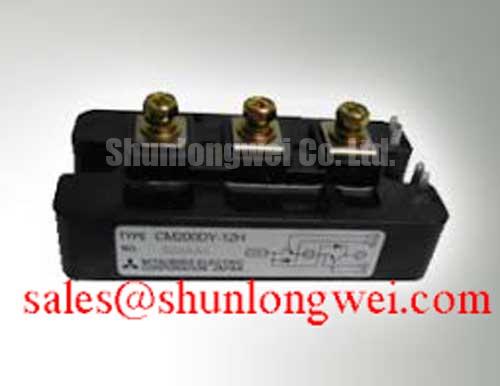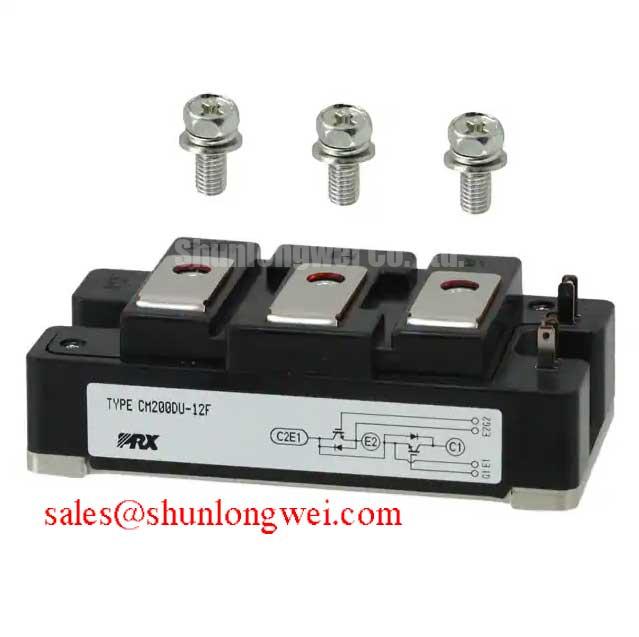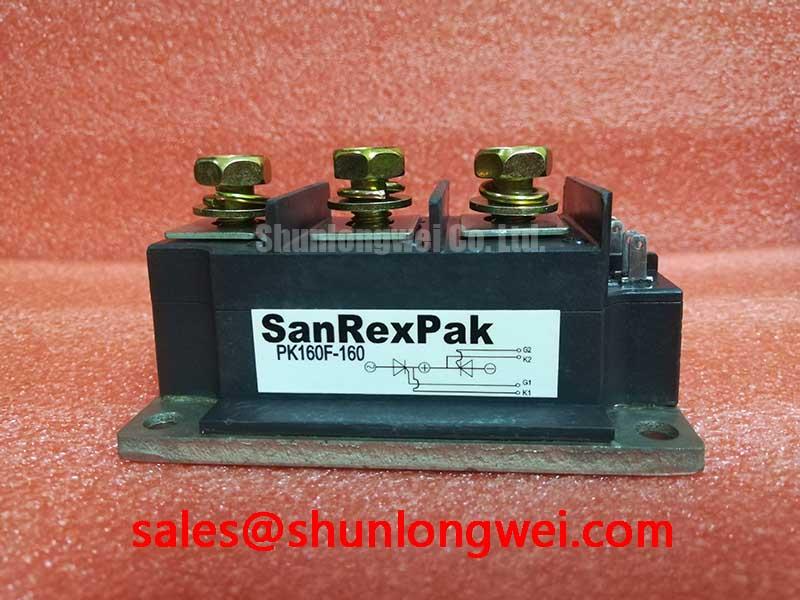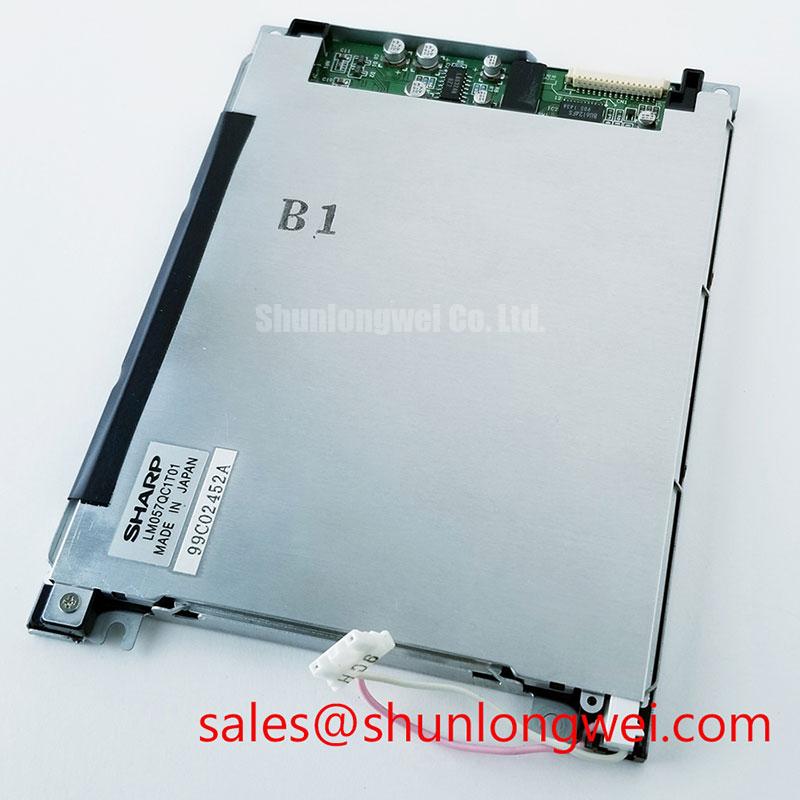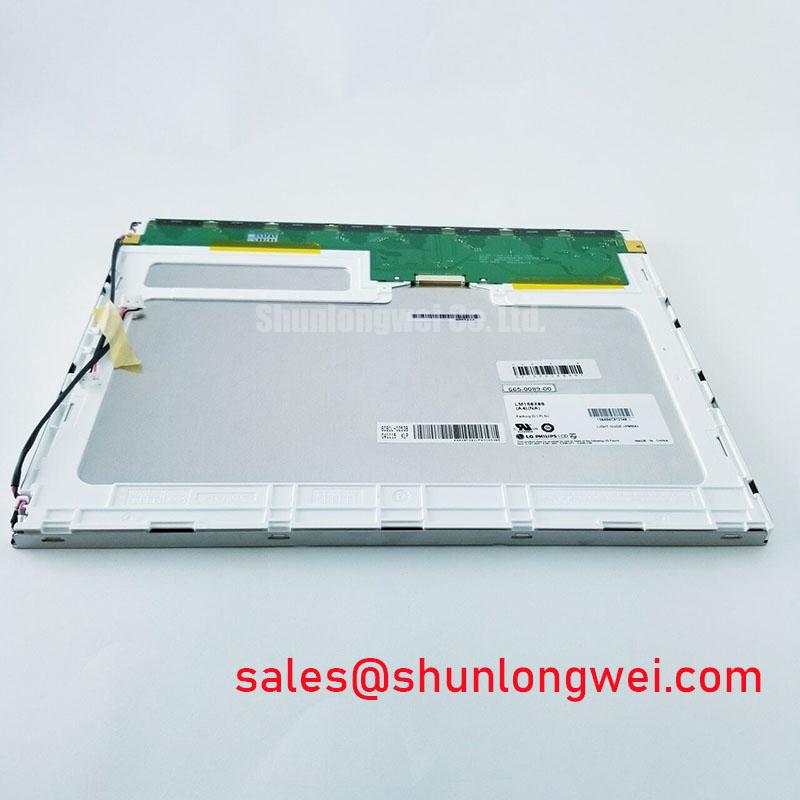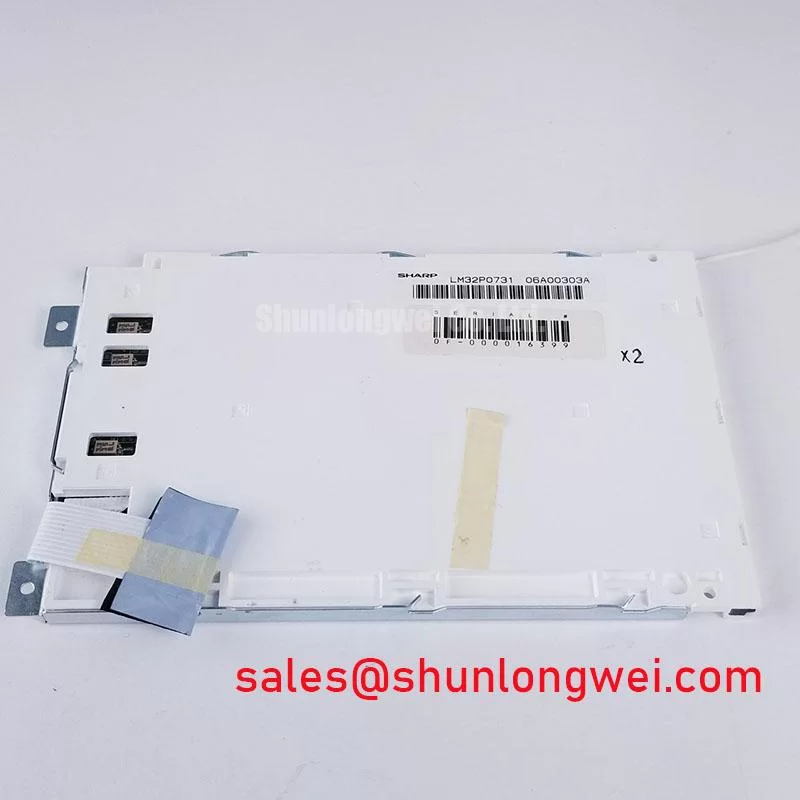TD210N12 Thyristor Module: An Engineer's Guide to High-Reliability Power Control
Product Overview for Engineering Evaluation
Harnessing Pressure Contact Technology for Demanding Power Conversion
The TD210N12 is a high-performance thyristor module engineered for robust power control in demanding industrial environments. Its core value proposition lies in a design that prioritizes long-term operational reliability through superior thermal management. With specifications of 1200V | 210A | I²t = 140,000 A²s, this module offers significant design advantages, including enhanced operational lifespan and superior thermal cycling capability. The internal pressure contact technology makes it a prime candidate for high-power controlled rectifiers and soft starters where mechanical robustness and predictable performance are non-negotiable. For high-current controlled rectifiers demanding robust surge handling and thermal stability, the TD210N12 is a technically sound solution.
Application Scenarios & Value
System-Level Benefits in Industrial Motor Drives and Power Supplies
The TD210N12 is designed for implementation in high-power control and conversion circuits where reliability and precise control are paramount.
- Controlled Rectifiers: In applications like front-end converters for DC power supplies or battery chargers, the TD210N12 provides efficient and controllable AC-to-DC rectification, enabling precise voltage and current regulation.
- AC Motor Soft Starters: A key engineering challenge in motor control is managing the high inrush current during startup. The TD210N12's substantial surge current capability (ITSM of 5300 A) allows it to safely manage these transient loads. This robustness prevents component failure and improves the overall reliability of the AC Motor Drive system.
- AC Power Controllers (AC Switches): For applications such as large industrial heating elements or welding power supplies, this module can be used to regulate AC power flow, offering precise control over the energy delivered to the load.
The module's architecture provides a solid foundation for systems that must endure repetitive thermal and electrical stress. For systems with different voltage or current requirements, the related MDD95-12N1B offers a lower current alternative, while applications requiring higher voltage blocking may warrant evaluation of the 1600V-rated SKKD162/16.
Key Parameter Overview
Datasheet Insights for System Design and Reliability
The following parameters are critical for system integration and performance modeling. They underscore the module's suitability for high-stress industrial power applications.
| Parameter | Value | Engineering Value & Interpretation |
|---|---|---|
| Repetitive Peak Off-State Voltage (VDRM/VRRM) | 1200 V | Provides a safe operating margin for direct use in systems connected to 400V/480V AC lines, ensuring resilience against typical line voltage fluctuations. |
| Average On-State Current (ITAVM) | 210 A (@ Tcase = 85°C) | Defines the module's high continuous current handling capability, enabling its use in applications delivering significant power. |
| Surge On-State Current (ITSM) | 5300 A (@ 10 ms, Tvj = 25°C) | This parameter is like a dam's emergency spillway; it represents the module's ability to withstand massive, short-duration current floods, such as those from motor starts or fault conditions, without catastrophic failure. |
| I²t Value | 140,000 A²s (@ 10 ms) | Crucial for fuse selection. This value helps engineers coordinate circuit protection to ensure that the fuse opens before the thyristor is damaged during a fault event. |
| Thermal Resistance, Junction-to-Case (Rth(j-c)) | 0.13 K/W (per thyristor) | Indicates highly efficient heat transfer from the silicon die to the heatsink. A low value simplifies thermal design, potentially allowing for smaller heatsinks and improving system power density. For a deeper understanding of thermal metrics, explore this guide on thermal resistance. |
| Isolation Voltage (Visol) | 3000 V (RMS, 50Hz, 1 min) | Guarantees robust electrical isolation between the power circuit and the mounting baseplate, enhancing safety and simplifying system-level insulation requirements according to standards like IEC 61800-5-1. |
Download the TD210N12 datasheet for detailed specifications and performance curves.
Frequently Asked Questions (FAQ)
What is pressure contact technology and why is it critical for the TD210N12's reliability?
Pressure contact technology eliminates conventional solder and wire bonds, which are common failure points in power modules under thermal cycling. Instead, it uses mechanical pressure to maintain electrical and thermal contact. This results in superior resilience to mechanical stress and temperature variations, leading to a significantly longer operational lifetime in applications with frequent power cycles, such as motor soft starters.
How does the 5300A surge current rating (ITSM) benefit my application?
This high surge rating provides a critical safety margin. In applications like motor drives or capacitor charging circuits, it ensures the device can survive large, non-repetitive inrush currents without degradation. This robustness allows for more resilient system design and can reduce the need for oversized components, optimizing both cost and space.
What is the significance of the 3000V isolation voltage?
The 3000V isolation provides a high degree of safety and simplifies system design. It ensures that the high voltage on the module's terminals is reliably isolated from the heatsink and chassis ground. This is essential for meeting safety agency requirements (like UL or VDE) and protecting service personnel and downstream control electronics.
How does the Rth(j-c) of 0.13 K/W influence the thermal design of a power system?
This low thermal resistance value signifies a very efficient thermal path from the active silicon to the case. For a design engineer, this means less temperature rise for a given power dissipation. This directly translates to lower operating junction temperatures, which enhances reliability, or allows for the use of a smaller, more cost-effective heatsink while maintaining the same temperature margin.
Can the TD210N12 be used for phase control in a three-phase system?
Yes, absolutely. The module contains two thyristors, typically connected in series with common cathode or common anode configurations. By using three such modules, a designer can easily implement a full six-pulse controlled bridge rectifier (B6C circuit) for three-phase power control applications.
Technical Deep Dive
Inside the Module: Pressure Contact and Thermal Pathway Engineering
The long-term reliability of the TD210N12 is not an accident of material selection but a direct result of its internal construction. The cornerstone of this design is its pressure contact technology. Unlike modules that rely on soldered connections and wire bonds, the TD210N12's internal components are held together under a precise, high-force clamp. This approach fundamentally mitigates a primary wear-out mechanism in power electronics: solder-joint fatigue caused by mismatched thermal expansion coefficients during power cycling.
The thermal pathway is equally critical. Heat generated at the silicon thyristor die must be evacuated efficiently. The TD210N12 utilizes an Aluminum Oxide (Al2O3) ceramic substrate, which provides excellent electrical isolation while serving as an effective thermal conductor. This ensures that the module's high 3000V isolation rating does not come at the cost of thermal performance. Understanding the thermal resistance (Rth) is key; you can think of it like the insulation rating of a winter coat. A high R-value is good for a coat, but for a power module, you want a very low Rth value. The 0.13 K/W of this module is like a high-tech, ultra-thin jacket that offers little resistance to heat escaping, keeping the component cool and reliable.
An Engineer's Perspective
The specifications of the TD210N12, particularly its use of pressure contact technology and its robust thermal and electrical ratings, translate directly into design confidence. This module provides the engineering foundation for building power conversion systems that are not just powerful, but also predictable and durable over a long service life. Its design addresses common failure modes head-on, offering a more resilient solution for critical industrial infrastructure.

